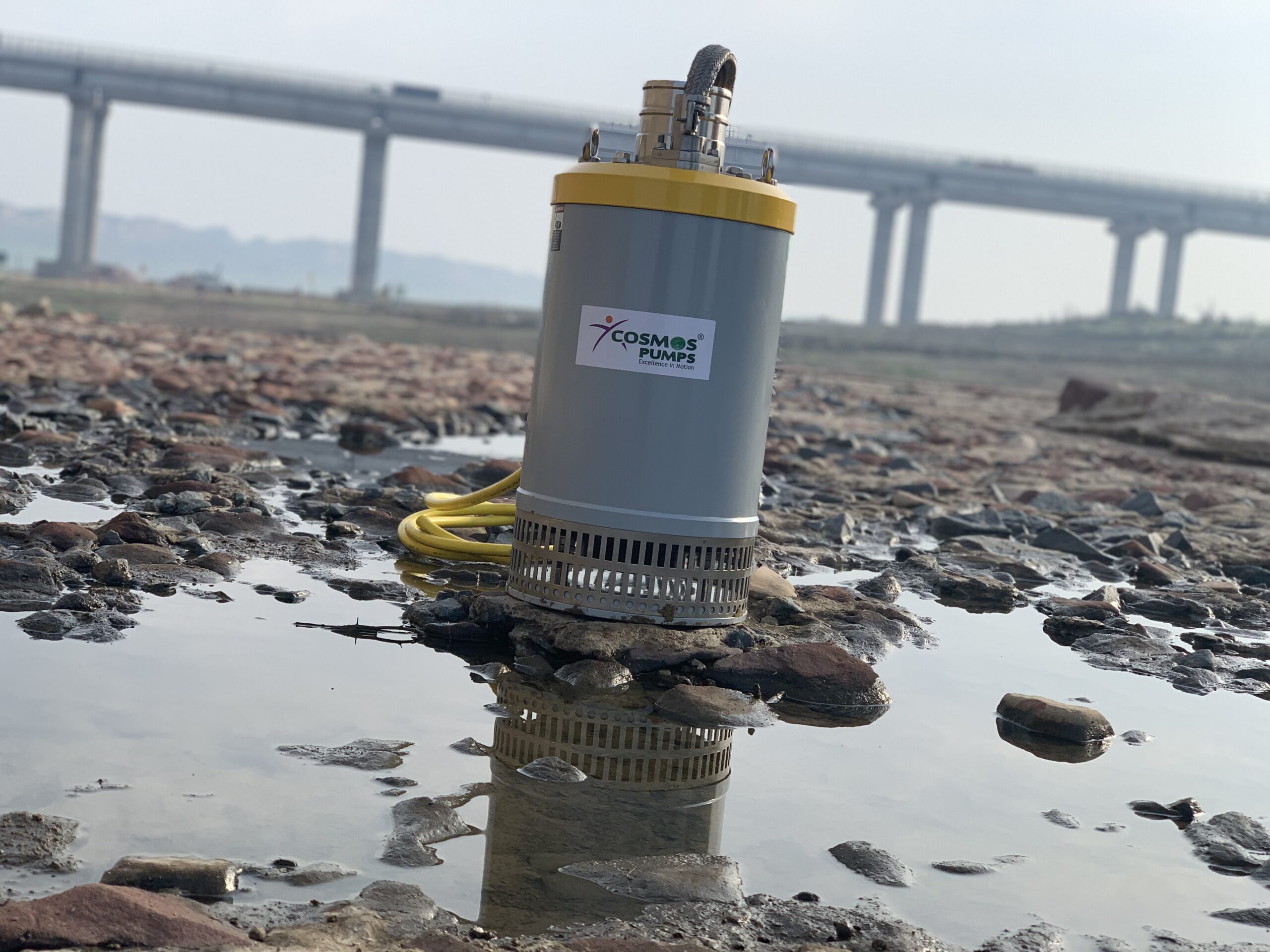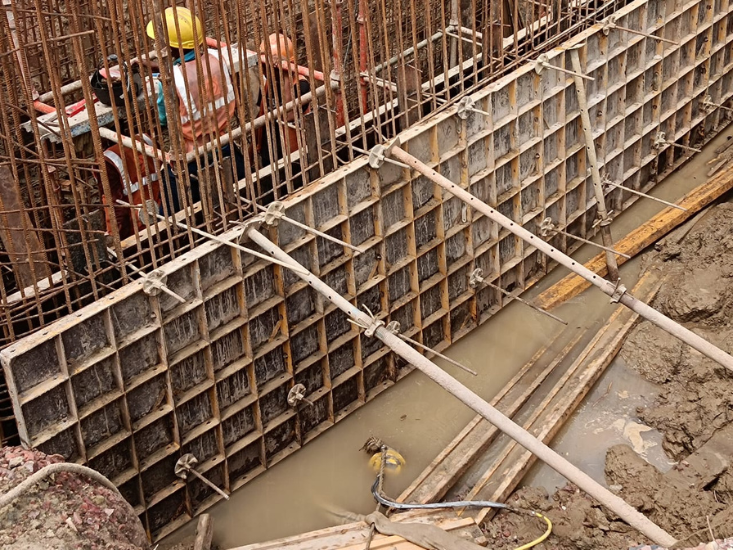
Water is both a life-giving resource and a formidable force that can wreak havoc on construction sites, mining operations, and various industrial applications. To combat excess water accumulation and prevent potential damages, submersible dewatering pumps have emerged as indispensable tools. In this blog, we will explore what dewatering pumps are, delve into submersible dewatering pumps, trace their origin, highlight their significance, and discuss their diverse range of applications.
What are Dewatering Pumps?
Dewatering pumps are mechanical devices designed to remove excess water or other liquids from a particular area. They are primarily employed in situations where water poses a risk to structures, equipment, or the overall safety of operations. By effectively pumping out water, dewatering pumps help maintain dry conditions, ensuring uninterrupted work processes.
Submersible Dewatering Pumps:
Among the various types of dewatering pumps available, submersible dewatering pumps have gained widespread recognition and adoption. As the name suggests, these pumps are designed to operate while fully submerged in the water or other liquid they are pumping out. This unique characteristic sets them apart from other dewatering pumps types, such as centrifugal pumps or wellpoint systems.
The Evolution of Submersible Dewatering Pumps:
The history of submersible dewatering pumps can be traced back to the early 20th century when the need for efficient water removal became apparent in mining operations and civil engineering projects. Initially, dewatering pumps were bulky, tethered devices that required manual operation. However, with advancements in technology, especially in the fields of materials, motor design, and engineering, submersible dewatering pumps have undergone significant improvements.
Why are Submersible Dewatering Pumps Used?
Submersible dewatering pumps offer numerous advantages that make them an ideal choice for a wide range of applications:
- Versatility: These pumps are capable of handling various types of liquids, including water, sludge, sewage, and abrasive fluids.
- Efficiency: Submersible dewatering pumps are designed to provide high pumping efficiency, ensuring swift removal of liquids.
- Reliability: The submersion of these pumps enhances their durability, reducing the risk of mechanical failures or damage.
- Mobility: Compact and lightweight, submersible pumps can be easily deployed and relocated as needed.
- Safety: As these pumps operate while submerged, they pose minimal risk of electrical hazards and are suitable for confined spaces.
Applications of Submersible Dewatering Pumps:
Submersible dewatering pumps find extensive use in a wide range of industries and applications:
- Construction Sites: Keeping construction sites dry allows for safer working conditions and prevents structural damage caused by excessive water.
- Mining Operations: Submersible pumps aid in controlling water levels in mines, preventing flooding, and facilitating efficient extraction processes.
- Industrial Processes: These pumps are utilized in various industrial settings for draining water from basements, tunnels, tanks, and sumps.
- Municipal and Wastewater Management: Submersible pumps play a vital role in sewage treatment plants, stormwater management, and flood control.
- Agriculture: Dewatering pumps assist in draining water from fields, preventing waterlogging and promoting optimal soil conditions.
Conclusion:
Submersible dewatering pumps have revolutionized the field of water management, offering an efficient and reliable solution to tackle water-related challenges across multiple industries. Their ability to operate while submerged, coupled with their versatility and mobility, has made them an indispensable tool for maintaining dry conditions and preventing potential damage. As technology continues to advance, submersible dewatering pumps will likely evolve further, meeting the growing demands of industries around the globe.

